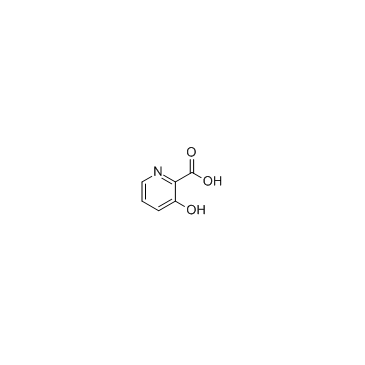Negative ion ultraviolet matrix-assisted laser desorption ionization mass spectrometry and post source decay of glycosyl esters of nucleoside pyrophosphates.
Maria Heinrich, Christina Schäffer, Paul Messner, Günter Allmaier
Index: Eur. J. Mass Spectrom. (Chichester, Eng.) 14(6) , 401-9, (2008)
Full Text: HTML
Abstract
Six different glycosyl esters of nucleoside pyrophosphates (monosaccharide nucleotides) were analyzed by means of matrix-assisted laser desorption/ionisation reflectron time-of-flight mass spectrometry (MALDI/RToF MS) in the negative ion mode. Several matrices were evaluated and 3-hydroxypicolinic acid as well as alpha-cyano-4- hydroxycinnamic acid (CHCA) turned out to be the matrices of choice applying the thin layer technique to obtain maximum sensitivity for deprotonated molecular ion detection and maximal fragmentation particular with CHCA. The determination of the molecular mass with a mass accuracy below 0.1% was feasible with sample amounts in the lower femtomole range applying a MALDI desk-top mass spectrometer. A further important refinement of this technique was the use of post source decay (PSD) fragment ion analysis with a curved field reflector (which means no stepping of the reflector voltage). Detailed structural information of the six selected monosaccharide nucleotides could be obtained with PSD and differences in the fragmentation pattern were used to distinguish them. This method (based on molecular mass and PSD fragment ion analysis) has been applied to verify the presence of a glycosyl ester of nucleoside pyrophosphate in samples from Saccharomyces cerevisiae.
Related Compounds
| Structure | Name/CAS No. | Molecular Formula | Articles |
|---|---|---|---|
 |
3-Hydroxypicolinic acid
CAS:874-24-8 |
C6H5NO3 |
|
Synthesis of PS/PO-chimeric oligonucleotides using mixed oxa...
2015-01-07 [Org. Biomol. Chem. 13(1) , 269-76, (2014)] |
|
Electrochemiluminescent DNA sensor based on controlled Zn-me...
2015-07-01 [Anal. Bioanal. Chem 407 , 5579-86, (2015)] |
|
Identifying chelators for metalloprotein inhibitors using a ...
2011-01-27 [J. Med. Chem. 54 , 591-602, (2011)] |
|
Ultraviolet/matrix-assisted laser desorption/ionization mass...
2000-08-01 [J. Mass Spectrom. 35(8) , 1025-34, (2000)] |
|
Spectrophotometric study of the complexation equilibria of i...
1993-01-01 [J. Chem. Technol. Biotechnol. 58(3) , 231-6, (1993)] |